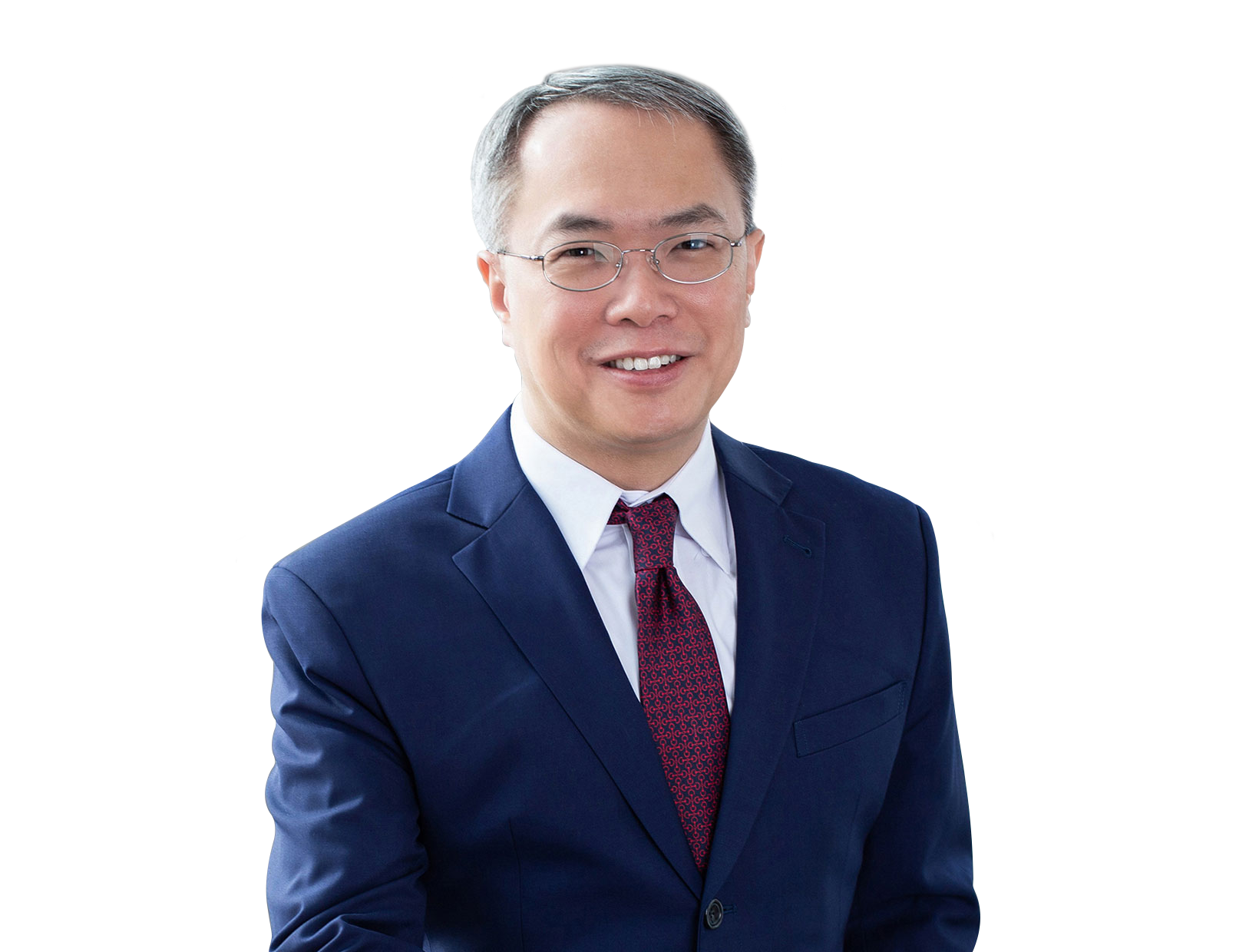Blog
NPE activity still rising, but Obama executive order attempts to curb that
Fish & Richardson
Authors
-
- Name
- Person title
- Principal

Patent non-practicing entities (NPEs) have been a hot topic in politics recently. A recent study concluded that over fifty percent of all patent lawsuits are filed by NPEs. By other accounts, including the White House, the actual number exceeds sixty percent. This reflects an exceedingly upward trend. In 2001 only about 150 lawsuits involved NPEs. By 2011, that number had risen to 1200, and more than doubled in the following year. So it is not surprising that President Obama issued a series of executive actions earlier this month.
The five executive orders President Obama issued reflect small steps in an effort to reform patent litigation to address the issue of NPEs.
First, he directed the PTO to make rules that require current ownership information when they are involved in proceedings before the PTO, including designating the “ultimate parent entity.” in control. The PTOs current ownership database–the assignment records–is not mandatory and only reflects the immediate owner. Today, accused infringers are often unable to determine the controlling owner until late in the discovery phase of a lawsuit.
Second, President Obama directed the Patent & Trademark Office (PTO) to better train its examiners on functional claiming. Much criticism of computer software patents have focused on the use of claim language that indicates function, but no structure. Perhaps with better training the PTO will be able to enhance the clarity of claims before they are issued. The Federal Circuit, on the other hand, was unable to articulate clear guidelines in determining the patentability of such software claims in its recent en banc decision in CLS Bank v. Alice (2013).
Third, the PTO will provide educational materials for end-users (such as small businesses) that are hit with lawsuits concerning their use of a third party’s product or service.
Fourth, the President directed its agencies such as the PTO, DOJ, and FTC, to hold high-profile events and workshops to discuss patent policies and patent law. He also directed the PTO to develop and publish robust data and research on the effect of NPEs on patent litigation.
Finally, the President ordered the ITC review its processes and standards for exclusion orders to address the concern raised by the complexity of evaluating whether infringing products have been sufficiently redesigned to overcome a ban on importation.
Despite the call to action, the White House does acknowledge that some NPEs do play an important role in the industry, such as by connecting manufacturers with inventors, so that inventors can focus on innovation rather than commercialization. But President Obama did call attention to the specific set of NPEs with a business model that, in his words, is “to essentially leverage and hijack somebody else's idea and see if they can extort some money out of them.”
The President’s announcement also recognized that greater reform may need to come from Congress, and set forth several legislative recommendations, including more discretion in awarding attorneys’ fees to the prevailing party under 35 USC 285 (similar to the standard used in copyright cases). And several bills have have been floating around, including a bi-partisan follow-up to the AIA from House Judiciary Committee Chairman Bob Goodlatte (R-Va.) and Senate Judiciary Committee Chairman Patrick Leahy (D-Vt.)
The opinions expressed are those of the authors on the date noted above and do not necessarily reflect the views of Fish & Richardson P.C., any other of its lawyers, its clients, or any of its or their respective affiliates. This post is for general information purposes only and is not intended to be and should not be taken as legal advice. No attorney-client relationship is formed.